
- Guitars
- GUITAR EFFECTOR
- Chorus / Flanger
- Fairfield Circuitry/Shallow Water Limited Model
Fairfield Circuitry / Shallow Water Limited Model
The Shallow Water Limited Model is a limited version of the popular Shallow Water with intense etching all over. Each one has a different appearance, and a serial number is written on the main body.
●Shallow Water
Fairfield Circuitry Shallow Water is a pedal that lets you create chorus effects you've never heard before.
The essence of Shallow Water is an uncertain, shallow, nostalgic character.
The effect is created around a typical analogue chorus/vibrato circuit, consisting of a short delay created by an analogue BBD. For example, if the delay time is varied, it creates a pitch modulation called vibrato. If the original sound and delay signal are mixed, it creates a comb filter called chorus.
Shallow Water differs from these typical circuits in a number of ways. The most significant differences are that the delay time is modulated randomly, and how the recovery filter works in relation to the input signal.
These differences make Shallow Water something other than just a chorus/vibrato pedal.
● Pseudo-random generator
The random quality of the modulation starts with a simple program in the microcontroller. It is close to a random voltage step, divided into random intervals. The RATE control adjusts the range of these intervals.
Integrator and Depth
These random step voltages are processed by a filter/integrator, which controls the gradient of the transition to the next value. Increasing the DAMP control makes the random steps slower and duller. Decreasing it makes them sharper and more abrupt.
The DEPTH control adjusts the amount of modulation of the input signal delay. There is a strong interaction between RATE, DAMP and DEPTH.
●Envelope Follower and Recovery Filter
When the input signal passes through the delay line, a recovery filter and gate are required to remove the noise component generated by the BBD. Therefore, it follows the envelope of the input signal and modulates the frequency of the low-pass filter. The LPG control adjusts the amount of the envelope and adjusts the speed of the recovery filter.
>Image: https://image.rakuten.co.jp/ninevolt/cabinet/05023286/05908323/imgrc0075344323.jpg
●Controls
・RATE
The RATE control adjusts the range of time intervals over which random pitch modulation occurs. The range can be adjusted widely, from narrow to wide. If you set RATE and DAMP high, the effect of modulation will be less noticeable, but that is normal. There is an interaction between the RATE and DAMP controls, so you can create many effects by experimenting with different settings.
DAMP
The DAMP control adjusts the slope of the modulated signal. When set to minimum, the pitch modulation will be quick and abrupt, causing random changes in the modulation voltage to occur instantaneously.
Increasing the DAMP will soften the modulation. When set to a high value, the variation will slow down to the point where the pitch modulation is imperceptible. To hear the change in sound, you need to mix in some dry signal. And the setting where you raise DAMP and mix in dry signal is similar to a chorus effect.
DEPTH
The DEPTH knob adjusts the strength of the modulation. The RATE, DAMP and DEPTH controls interact with each other. DEPTH adjusts the intensity of the modulation flavour.
・LPG
The LPG control adjusts the low-pass filter and the envelope follower sent to the gate circuit. If set low, the sound becomes darker and the sustain is reduced. If set high, the sound becomes brighter and the sustain is longer, but depending on the setting, noise generated by the BBD may be output.
MIX
This is the mix of the dry and wet signals. At full wet (maximum clockwise), the tone is like a vibrato, and by adding dry from there in an anti-clockwise direction, you can get a chorus-like tone.
VOLUME
This adjusts the output volume. At around 12 o'clock, the volume is unity gain. At Fairfield Circuitry, around 5 o'clock is beer o'clock.
Internal Controls
BOOST and PAD
There are two jumpers on the input stage to match the input signal level and impedance. By default, BOOST is ON and PAD is OFF. This is a setting for instruments such as electric guitars with high impedance and low output. If the sound becomes distorted, you can reduce the overall gain by around 6dB by setting the BOOST jumper to the OFF position. If the signal source is line level, set the PAD to the ON position. This allows you to apply a further 6dB of gain reduction and reduce the input impedance to 1/10.
・LPG ADJUST
Adjusts the minimum frequency of the recovery filter.
You can adjust the response to the signal, and lowering it emphasises the low-pass filter and raises the sensitivity threshold.
When adjusting this trim pot, set MIX to full wet, LPG and DEPTH to minimum, and turn the pedal on to listen to the sound and hear the recovery filter in action.
The trim pot is very sensitive, so make adjustments carefully and keep the settings to a minimum. After making adjustments, increase the LPG and check the envelope response to the input signal.
Specifications
1/4’ mono input/output jack
2.1mm centre-negative DC connector
11.9 x 9.6cm chassis
True bypass
Input impedance: 1MΩ
Output impedance: 2kΩ
Power supply: 9 to 9.6VDC centre-negative (batteries cannot be used)
Current consumption: 40mA
Fairfield Circuitry Shallow Water is a pedal that lets you create chorus effects you've never heard before.
The essence of Shallow Water is an uncertain, shallow, nostalgic character.
The effect is created around a typical analogue chorus/vibrato circuit, consisting of a short delay created by an analogue BBD. For example, if the delay time is varied, it creates a pitch modulation called vibrato. If the original sound and delay signal are mixed, it creates a comb filter called chorus.
Shallow Water differs from these typical circuits in a number of ways. The most significant differences are that the delay time is modulated randomly, and how the recovery filter works in relation to the input signal.
These differences make Shallow Water something other than just a chorus/vibrato pedal.
● Pseudo-random generator
The random quality of the modulation starts with a simple program in the microcontroller. It is close to a random voltage step, divided into random intervals. The RATE control adjusts the range of these intervals.
Integrator and Depth
These random step voltages are processed by a filter/integrator, which controls the gradient of the transition to the next value. Increasing the DAMP control makes the random steps slower and duller. Decreasing it makes them sharper and more abrupt.
The DEPTH control adjusts the amount of modulation of the input signal delay. There is a strong interaction between RATE, DAMP and DEPTH.
●Envelope Follower and Recovery Filter
When the input signal passes through the delay line, a recovery filter and gate are required to remove the noise component generated by the BBD. Therefore, it follows the envelope of the input signal and modulates the frequency of the low-pass filter. The LPG control adjusts the amount of the envelope and adjusts the speed of the recovery filter.
>Image: https://image.rakuten.co.jp/ninevolt/cabinet/05023286/05908323/imgrc0075344323.jpg
●Controls
・RATE
The RATE control adjusts the range of time intervals over which random pitch modulation occurs. The range can be adjusted widely, from narrow to wide. If you set RATE and DAMP high, the effect of modulation will be less noticeable, but that is normal. There is an interaction between the RATE and DAMP controls, so you can create many effects by experimenting with different settings.
DAMP
The DAMP control adjusts the slope of the modulated signal. When set to minimum, the pitch modulation will be quick and abrupt, causing random changes in the modulation voltage to occur instantaneously.
Increasing the DAMP will soften the modulation. When set to a high value, the variation will slow down to the point where the pitch modulation is imperceptible. To hear the change in sound, you need to mix in some dry signal. And the setting where you raise DAMP and mix in dry signal is similar to a chorus effect.
DEPTH
The DEPTH knob adjusts the strength of the modulation. The RATE, DAMP and DEPTH controls interact with each other. DEPTH adjusts the intensity of the modulation flavour.
・LPG
The LPG control adjusts the low-pass filter and the envelope follower sent to the gate circuit. If set low, the sound becomes darker and the sustain is reduced. If set high, the sound becomes brighter and the sustain is longer, but depending on the setting, noise generated by the BBD may be output.
MIX
This is the mix of the dry and wet signals. At full wet (maximum clockwise), the tone is like a vibrato, and by adding dry from there in an anti-clockwise direction, you can get a chorus-like tone.
VOLUME
This adjusts the output volume. At around 12 o'clock, the volume is unity gain. At Fairfield Circuitry, around 5 o'clock is beer o'clock.
Internal Controls
BOOST and PAD
There are two jumpers on the input stage to match the input signal level and impedance. By default, BOOST is ON and PAD is OFF. This is a setting for instruments such as electric guitars with high impedance and low output. If the sound becomes distorted, you can reduce the overall gain by around 6dB by setting the BOOST jumper to the OFF position. If the signal source is line level, set the PAD to the ON position. This allows you to apply a further 6dB of gain reduction and reduce the input impedance to 1/10.
・LPG ADJUST
Adjusts the minimum frequency of the recovery filter.
You can adjust the response to the signal, and lowering it emphasises the low-pass filter and raises the sensitivity threshold.
When adjusting this trim pot, set MIX to full wet, LPG and DEPTH to minimum, and turn the pedal on to listen to the sound and hear the recovery filter in action.
The trim pot is very sensitive, so make adjustments carefully and keep the settings to a minimum. After making adjustments, increase the LPG and check the envelope response to the input signal.
Specifications
1/4’ mono input/output jack
2.1mm centre-negative DC connector
11.9 x 9.6cm chassis
True bypass
Input impedance: 1MΩ
Output impedance: 2kΩ
Power supply: 9 to 9.6VDC centre-negative (batteries cannot be used)
Current consumption: 40mA
関連商品
-
¥13,800(incl. tax)
 In Stock
In Stock -
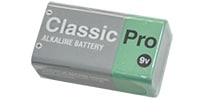 CLASSIC PRO / CP9V ALK Alkaline battery 006P
CLASSIC PRO / CP9V ALK Alkaline battery 006P¥180(incl. tax)
 In Stock
In Stock -
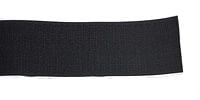 One Control / HOOK & LOOP - HOOK 1m
One Control / HOOK & LOOP - HOOK 1m¥381(incl. tax)
 In Stock
In Stock -
¥2,860(incl. tax)
 In Stock
In Stock
商品レビューProduct Review
不適切な投稿として報告しますか?
理由
ご協力ありがとうございました
投稿を削除しますか?
投稿されたレビューを削除しました。
Fairfield Circuitry
Shallow Water Limited Model
Item ID:337359
50,600 yen(incl. tax)
506Pt(1%)Detail
- 506Pts
通常ポイント
- 506Pts
Total
- In Stock
- In Stock, can be shipped when order is confirmed.
- Low Stock
- Low Stock, may be sold out soon.
- Scheduled date
- Expected to arrive at Sound House on this date.
- TBA
- Expected date of arrival at Sound House to be determined.
- Back Order
- It needs to be orderd from the manufacturer. Please inquire about the estimated date of arrival.
- Mfr. Delivery
- Must be ordered from manufacturer. Please inquire about the estimated date of arrival.
- Download
- Only the serial number will be sent to your registered email address.
- Special Order
- Made to order item or must be ordered from manufacturer. May take several weeks or months.
- No Longer Available
- Product is no longer available due to having been discoutined or other reasons.
Rating




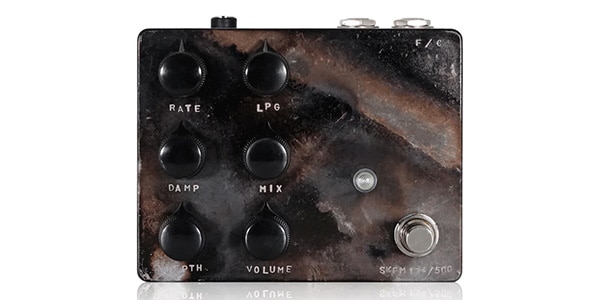
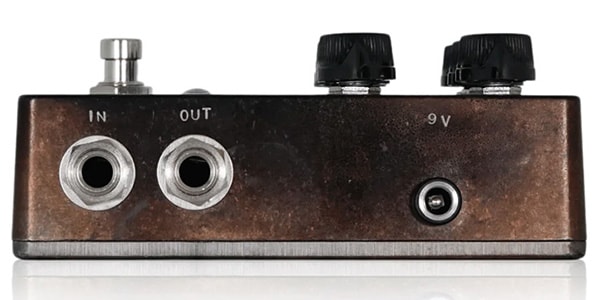
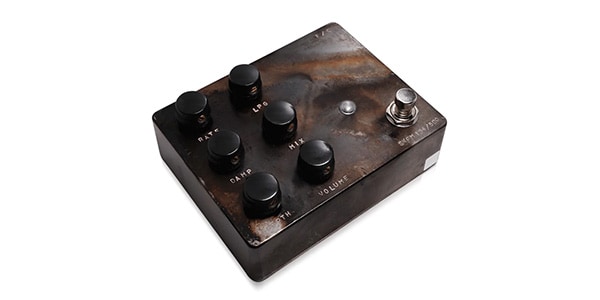



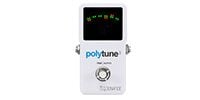 TC ELECTRONIC / Polytune 3
TC ELECTRONIC / Polytune 3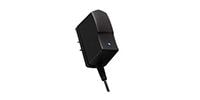 BOSS / PSA-100 AC adapter
BOSS / PSA-100 AC adapter





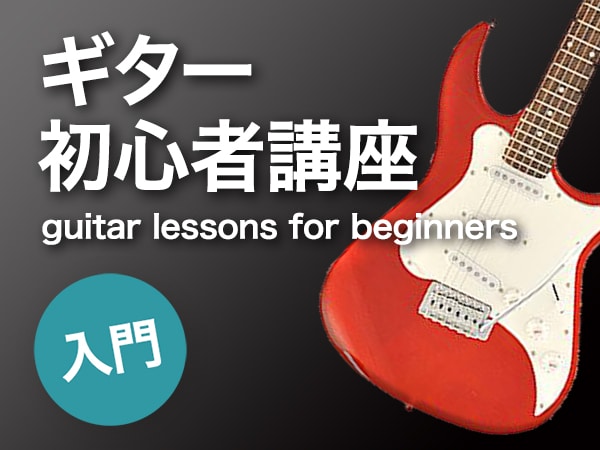










すべてのレビューを見る